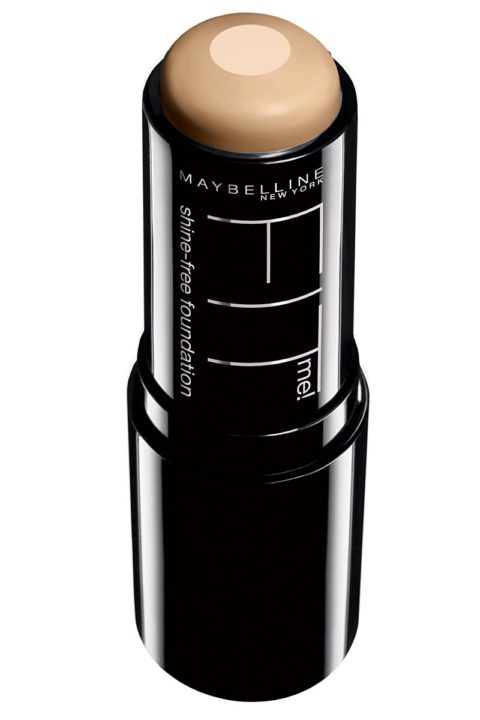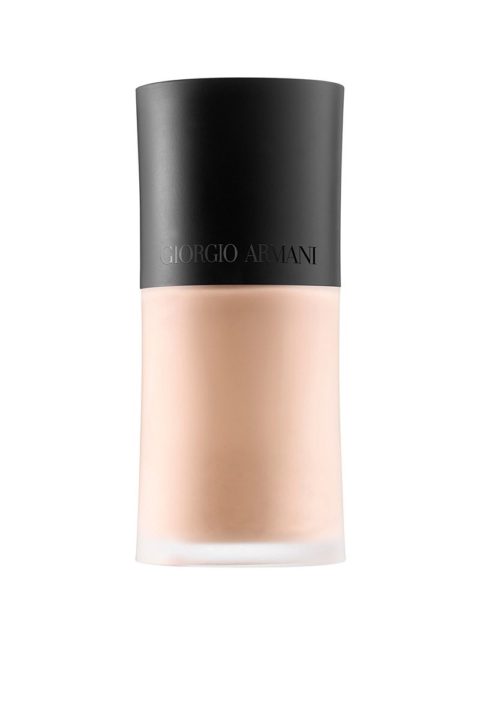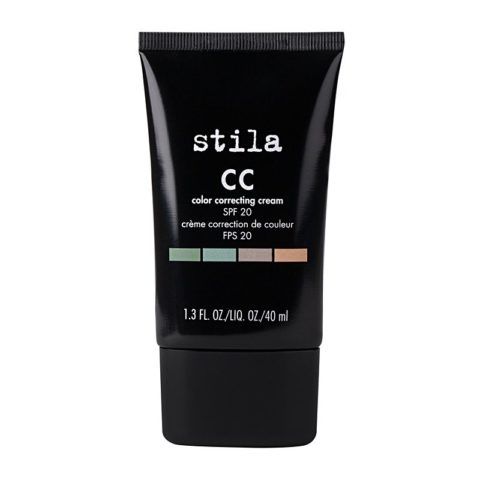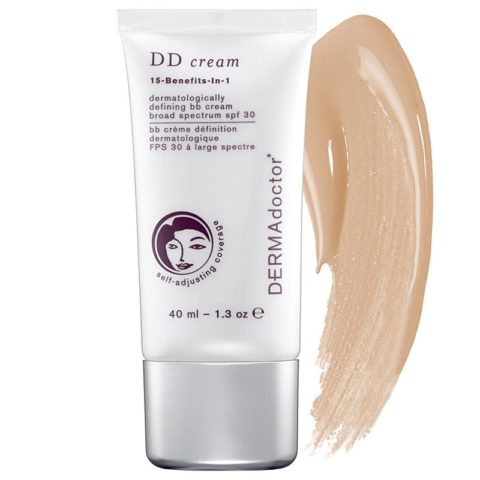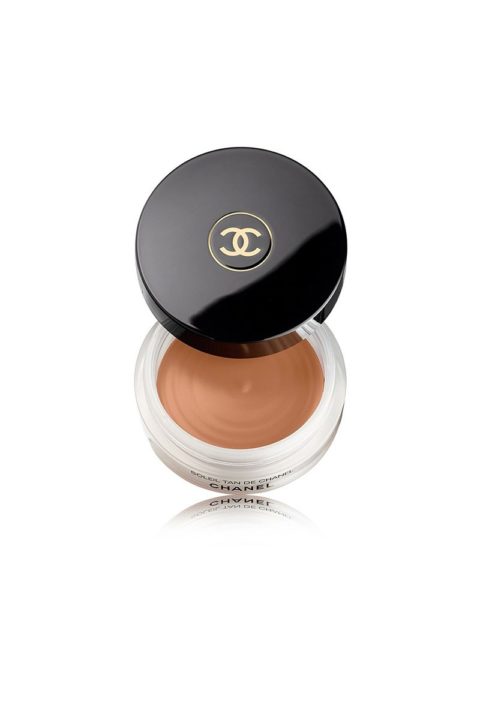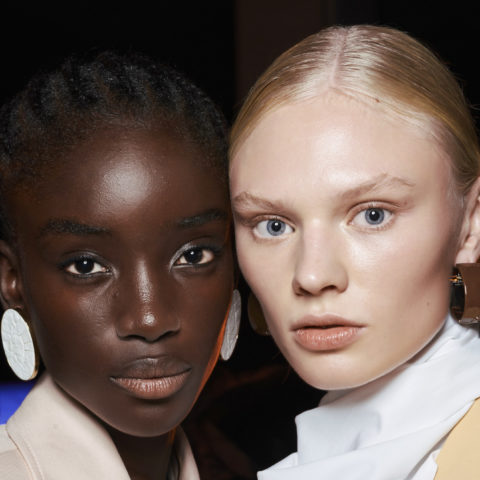The ultimate skin makeup guide: BB, CC, and DD creams + everything in between
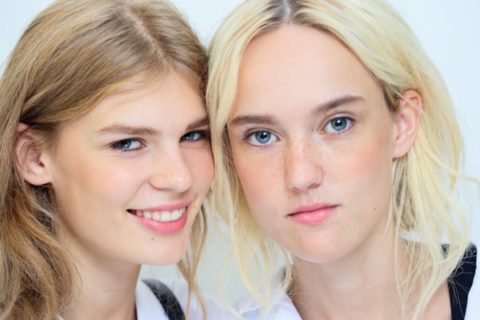

If you’ve ever found yourself confused and overwhelmed in the makeup aisle of a drugstore while trying to decipher the various products on the shelves, you’re not alone. There are so many different products and categories on the market that are designed with specific purposes and are available in a variety of formulas, making the process of choosing the right makeup to achieve radiant skin kind of overwhelming.
From foundation to BB, CC and everything in between, this glossary can act as your full face makeup guide to help you understand which product does what, when you should use it and how to pick the right ones for your skin.
Foundation
Foundation isn’t meant to be a mask; it should just be a better version of your skin. Foundations are usually highly pigmented and offer coverage to even out skin tone and hide breakouts, to create a luminous skin base for virtually any makeup look.
The myriad of formulas, formats and finishes available (not to mention application techniques) means there’s a foundation appropriate for every complexions and lifestyles.
“There are so many options with foundations now, so it’s best to really consider what you are hoping your foundation will do for you. Pick one based on your skin type, how much coverage you need, and [your] lifestyle,” explains Grace Lee, Lead Makeup Artist for Maybelline New York Canada.
Once you’ve found your perfect pick, “the best way to apply foundation is to start down the T-zone of the face and blend out toward your ears. Always make sure to blend the foundation down the jawline to your neck so you don’t end up with a visible colour line. You can use a sponge, fingers or a foundation brush, just make sure to blend!”
Tinted Moisturizer
If the thought of foundation feels constricting, a tinted moisturizer is a more lightweight option and provides a touch of sheer colour along with the hydrating benefits of your favourite moisturizer. It’s a great option if you don’t require full coverage for problem areas or dislike wearing makeup.
“Pick the qualities that you are looking for in a moisturizer, and then test it to make sure you are happy with the amount of tint that’s added to it,” suggests Lee.
Primer
Chances are, you’ve had days where you started off with your makeup in place and by the end of the day it’s worn off or you’ve sweated through it. Primer creates a smooth, bright canvas for your makeup and helps it go on easily as well as prevents it from turning cakey.
“Choose a primer based on your main skin concern. If you have really oily skin, you want one that helps with oil control and pore minimizing. If you have excessive red or yellow tones, you want a colour-correcting primer. If you don’t have any main issues, you can choose an illuminating primer, or one that helps your foundation last longer,” says Toronto-based makeup artist Olivia Colacci (Plutino Group).
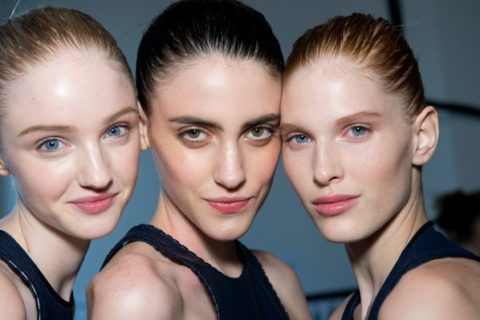
Concealer
The right concealer will easily become your BFF for life. When used correctly, it masks breakouts, dark under-eye circles (no matter how late your night was) and evens pigmentation. Although, like foundation, concealer’s purpose is to create flawless-looking skin, it has higher pigment in order to give it the power to hide these imperfections.
“Use your fingers (clean of course) when applying concealer, using a dabbing motion to keep it concentrated and focused on the troubled area,” suggests Colacci. “The natural body heat in your fingers will help it melt into your skin and look very natural.”
BB Cream
BB cream (short for Beauty Balm or Blemish Balm) is like the lovechild of foundation and tinted moisturizer. This multi-tasking product provides natural-looking coverage with more pigment and shade options available than tinted moisturizers, but is still lightweight compared to the average foundation. In addition to being moisturizing, many variations of the cream are also packed with skin-saving aids like SPF and other anti-aging ingredients.
Since BB creams are so versatile with a multitude of benefits, virtually anyone can use one. “Consider what your needs are from a BB cream in terms of coverage, convenience and pay off,” suggests Lee.
CC Cream
CC (Colour Correcting) cream is BB cream’s amped-up sister with all of the same hydrating, SPF protection and sheer-coverage qualities plus the added benefit of colour correction. CC creams address issues such as redness and discolouration through the use of light-diffusing particles to improve uneven skin tones.
“When choosing a CC cream, have a professional assess your skin to see what you need to target, whether it be redness, patchiness, discolouration, or sallowness. Then choose the CC cream that addresses your problem,” explains Colacci.

DD Cream
Beauty products continue to make their way down the alphabet with DD cream (short for Daily Defence). Similar to its fellow multitasking formulas, DD cream offers SPF, primer, colour-correcting benefits to a moisturizing, tinted formula, but one-ups its predecessors with added anti-aging ingredients to smooth skin and reduce fine lines.
“I would recommend DD creams for mature skin. They help with hydration, anti-aging as well as reducing fine lines.” suggests Colacci.
EE Cream
The latest addition to beauty’s bowl of alphabet soup is Estée Lauder’s recent launch of the first EE cream (short for Even Effect). This product targets damage caused by environmental pollutants that leads to hyperpigmentation by protecting your skin against daytime damage. The cream minimizes the appearance of dark spots, sun-spots, redness, acne marks and pores along with a sheer hint of colour to help create a uniform skin tone.
“EE cream is much heavier than BB and CC, so if you’re younger you should stick with BB, for buildable coverage, though it doesn’t hurt to use a cream with this many benefits. EE cream is best for older skin because it conceals and protects from all of the pollutants helping to minimize dark spots and repair mistreated, aged skin,” explains Colacci.
Cream Bronzer
A powder bronzer can often either be too shimmery or too matte, creating a heavy look. Since it naturally has a creamy consistency, cream bronzer doesn’t contain much shimmer but will give you a more sheer, natural glow than its powder counterpart.
“If you’re going to try the cream bronzer I would recommend one with a smooth texture that’s hydrating, which will help it glide on effortlessly and will prevent streaks!” suggest Colacci.

